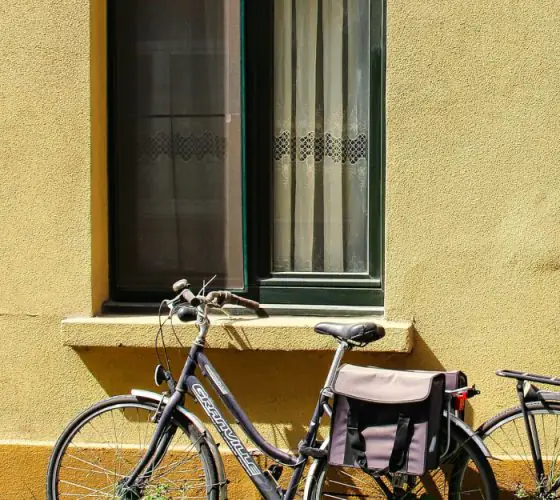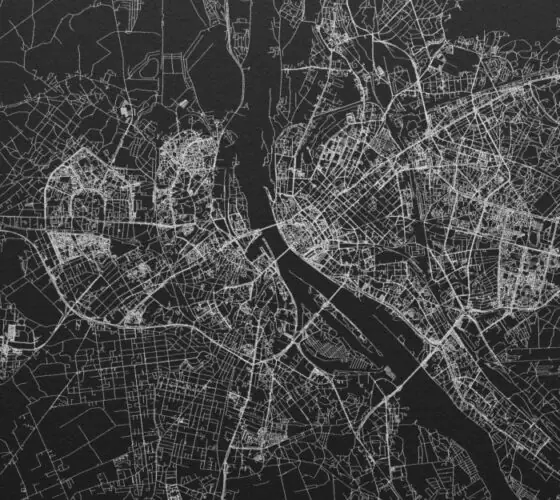
Photo by Kristīne Kozaka on Unsplash
The term gained wide recognition in the 1990s, after research done by sociologist Saskia Sassen. In her definition, global cities are hubs in the worldwide network of finance, information, and migration. They bridge the global and the local, create symbols (skyscrapers, brands, universities), but also face serious challenges – from rising housing costs, loss of small businesses to inequality and displacement of cultural traditions.
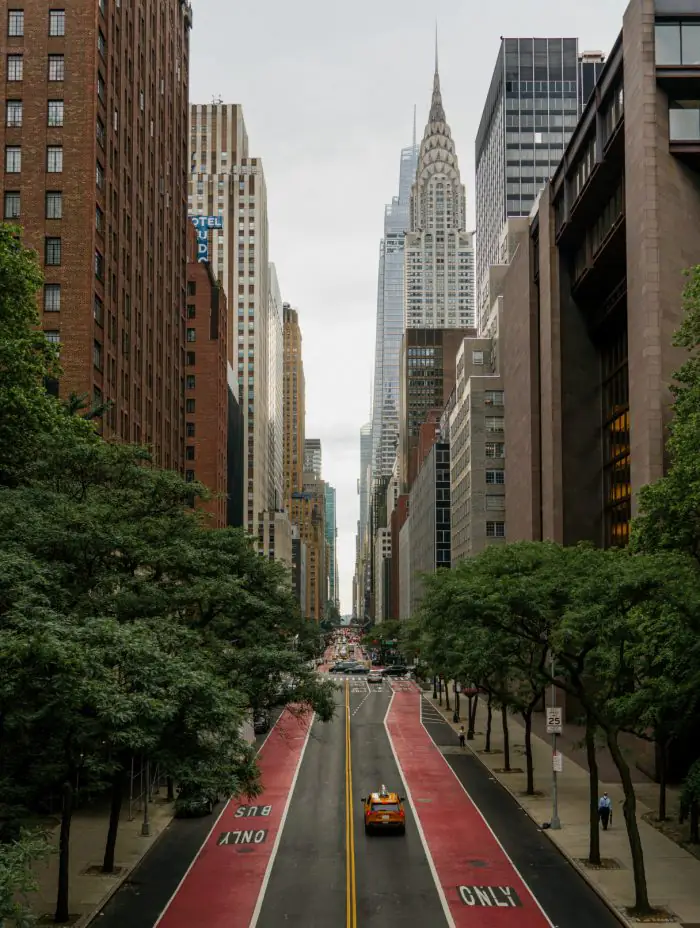
Photo by Carlos Tejada on Unsplash
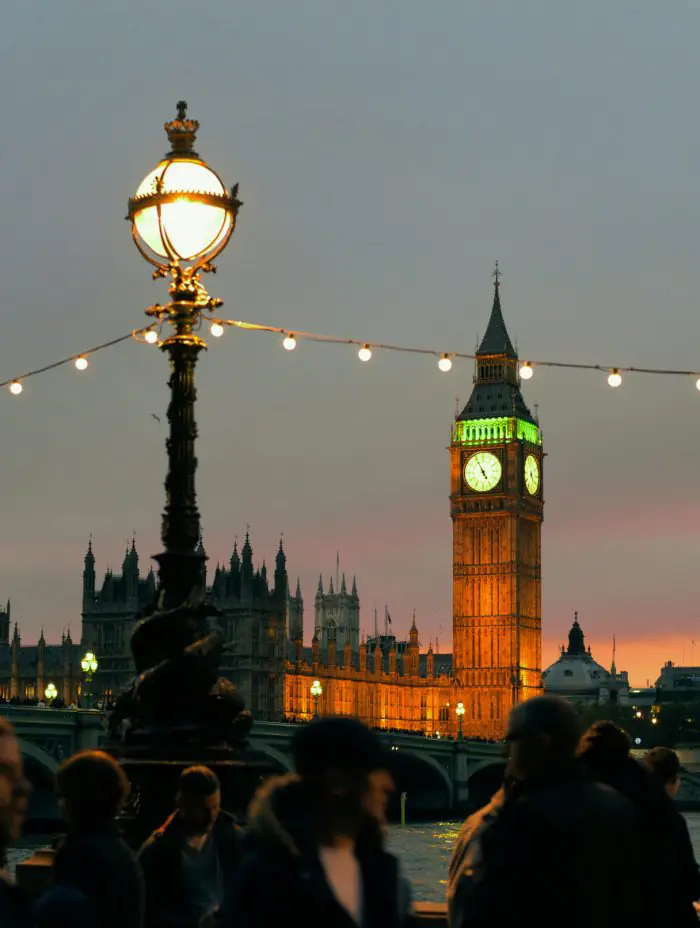
Photo by Pedro Carballo on Unsplash
The criteria used to describe a global city may vary and evolve over time, but here are some key characteristics:
- Economic influence — headquarters of multinational companies, financial districts, stock exchanges.
- Transport and logistics connectivity — major airports, ports, and an extensive international transport network.
- Cultural significance — world-class museums, festivals, and creative industries.
- Educational and scientific role — leading universities and research centres.
- International political role — participation in global organisations and forums.
- Migration flows — diverse populations and a high share of foreign residents.
There are many global city rankings, each with its own methods. Cities like New York, London, and Paris consistently top the lists, while Tokyo, Singapore, and Sydney also appear frequently.
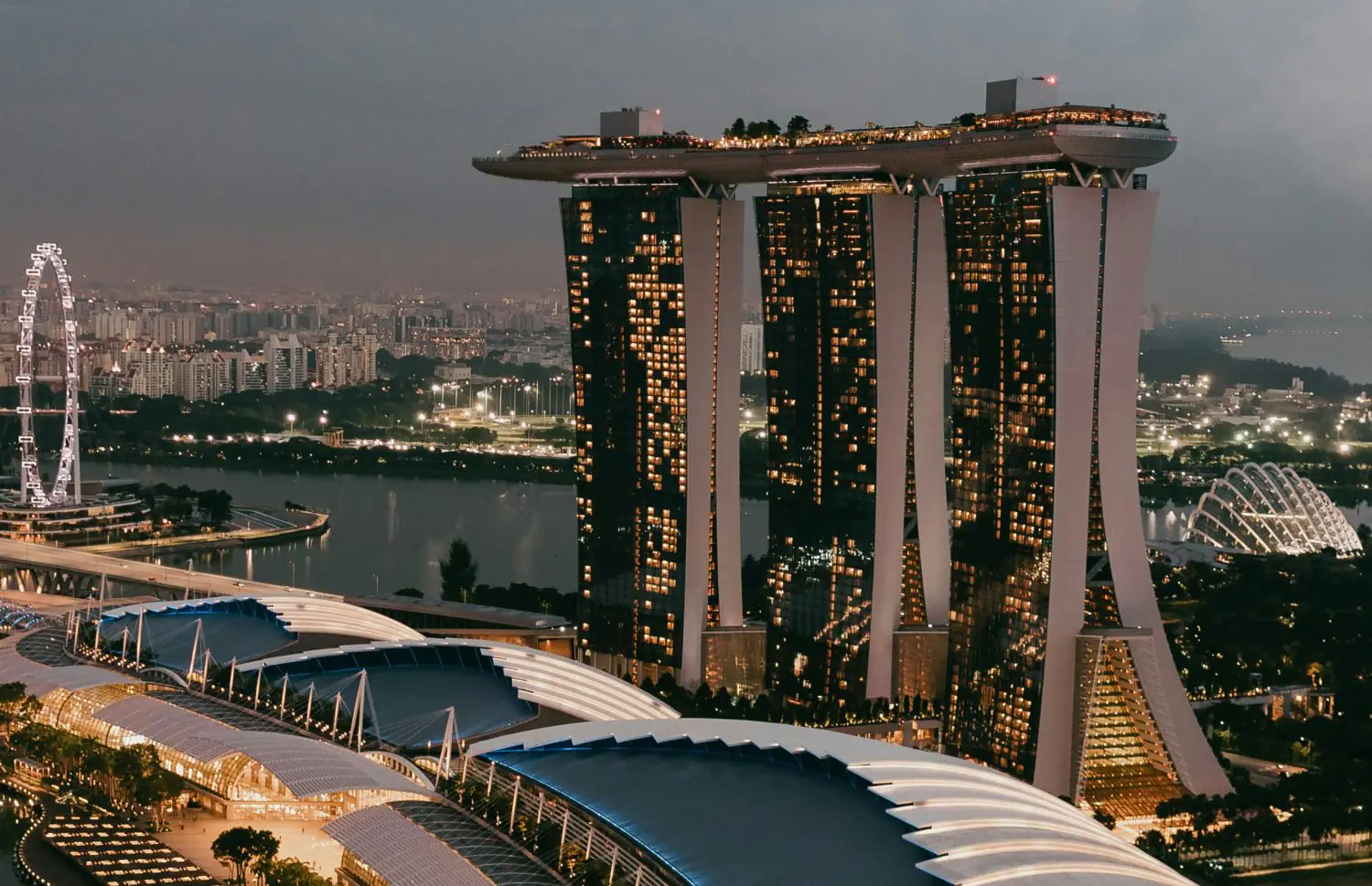
Photo by Keming Tan on Unsplash
Even smaller cities increasingly operate according to a “global logic”: competing for investment, talent, and attention. The Baltic cities are no exception. Participation in international projects, sustainable planning, public transport development, and architecture that can “speak” a global language — all are steps toward true global status. Being global isn’t about skyscrapers — it’s about the ability to join the conversation, adapt, and inspire.
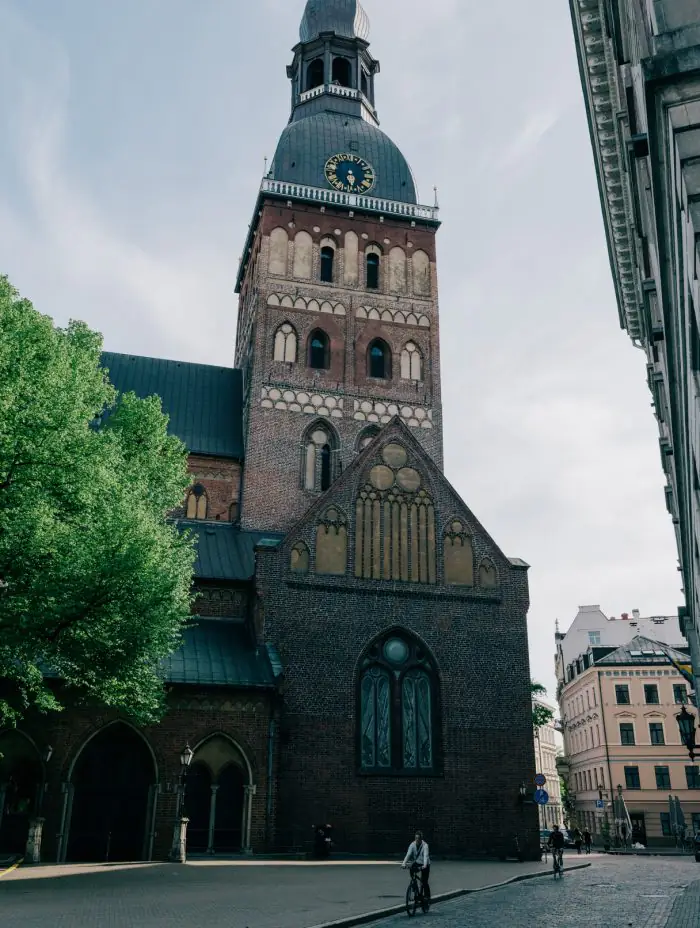
barnimages.com


